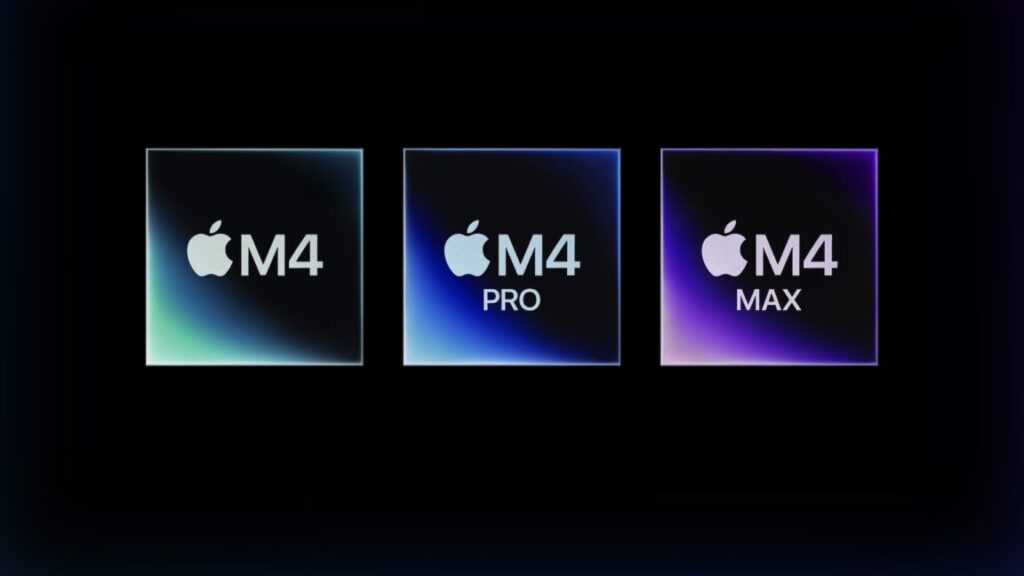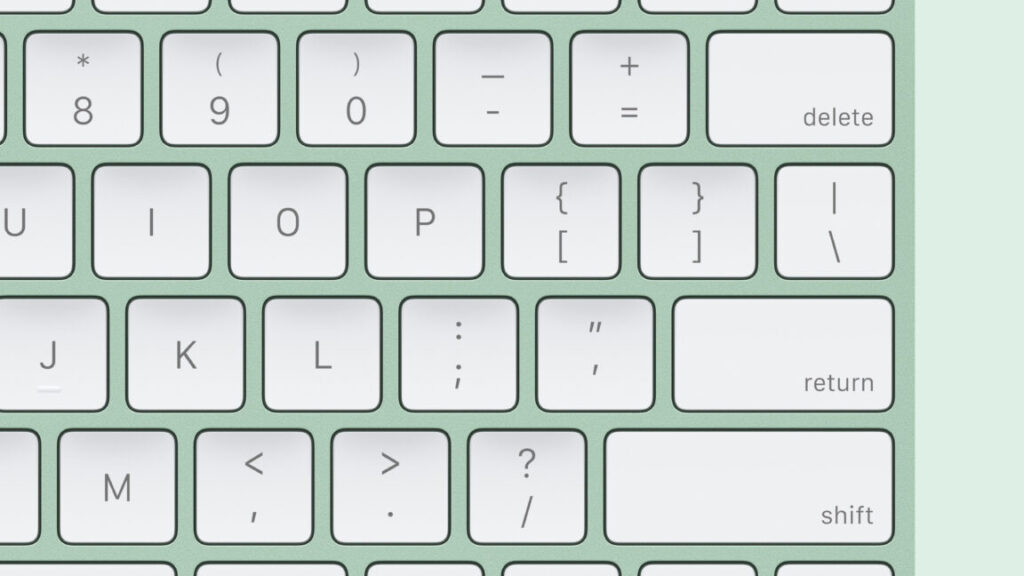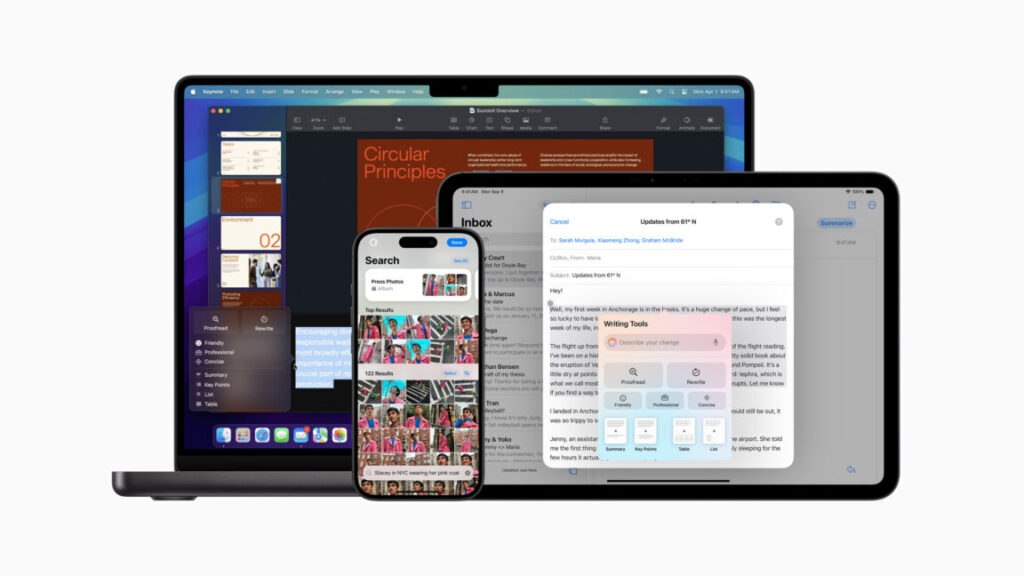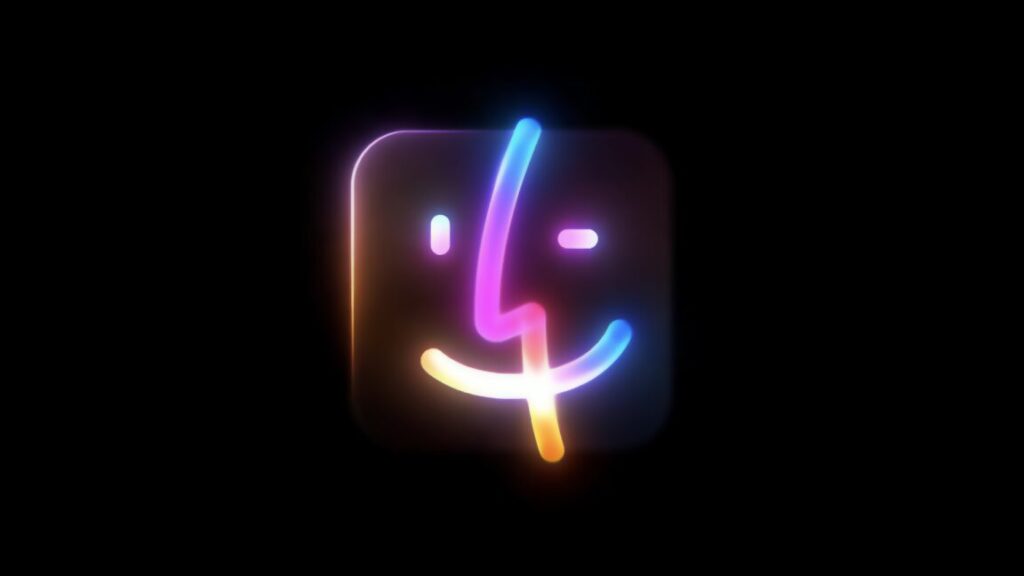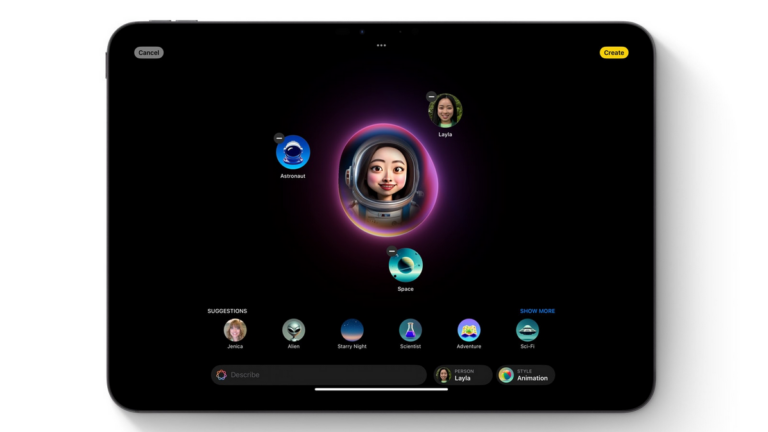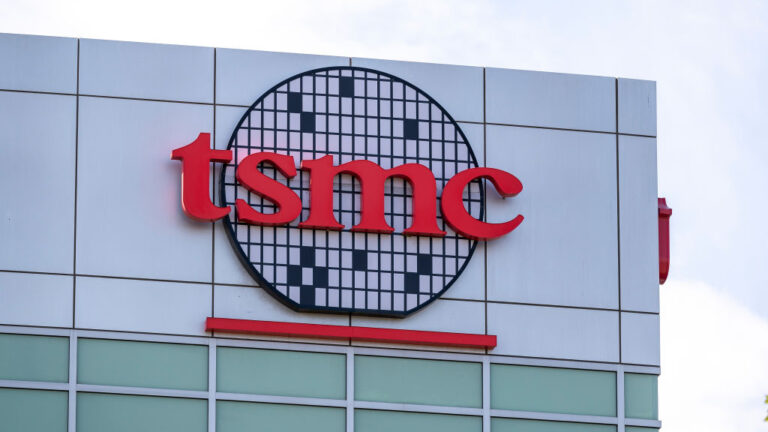Apple silicon Macs will get their ultimate gaming test with Cyberpunk 2077 release
Cyberpunk 2077, one of the most graphically demanding and visually impressive games in recent years, will soon get a Mac release, according to developer and publisher CD Projekt Red.
The announcement was published on CD Projekt Red’s blog and also appeared briefly during Apple’s pre-recorded MacBook Pro announcement video. The game will be sold on the Mac App Store, Steam, GOG, and the Epic Game Store when it launches, and it will be labeled the Cyberpunk 2077: Ultimate Edition, which simply means it also includes Phantom Liberty, the expansion that was released a couple of years after the original game.
Cyberpunk 2027 launched in a rough state in 2020, especially on low-end hardware. Subsequent patches and a significant overhaul with Phantom Liberty largely redeemed it in critics’ eyes—the result of all that post-launch work is the version Mac users will get.
Apple has been working with AAA game publishers to try and get the games they made for consoles or Windows gaming PCs onto the Mac or iPhone, including Assassin’s Creed Mirage, Death Stranding, and Resident Evil Village, among others. But the addition of Cyberpunk 2077 is notable because of its history of running poorly on low-end hardware, and because it uses new technologies like ray-traced illumination, reflections, and shadows. It also heavily relies on AI upscaling like DLSS or FSR to be playable even on high-end machines.
Apple silicon Macs will get their ultimate gaming test with Cyberpunk 2077 release Read More »
